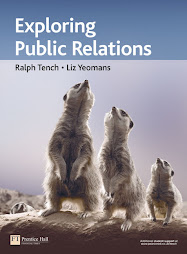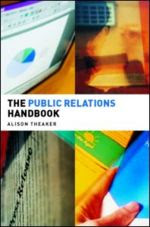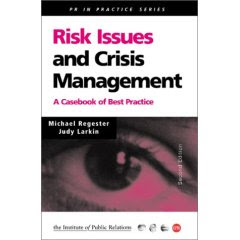The Commission on Public Relations Education Report, 2006 explains diversity as the differences that exist between and among people. Typically, diversity is divided into primary and secondary dimensions, primary being characteristics that are innate and can’t be changed (such as gender, age, nationality, sexual/affectional orientation, ethnicity and race) and secondary being characteristics that can be altered (such as religion, geographic and marital status).
In every organisation diversity in employee workforce is recognised as an important factor in contributing to effective performance and strategic management. More and more organisations are adopting and ‘all inclusive’ recruitment programme that cuts across the divide of race, sexuality, nationality among others. Practising diversity in resourcing is also fundamental in order to gain access to the best people and in order to help achieve organisational goals.
As the PR profession grows, it has become more diverse and inclusive. Recent surveys from CIPR show an astonishing growth ratio of women in PR. Women now outnumber men by 60:40 - a massive swing since 1987, when figures highlighted the opposite at 20:80. In essence PR has already broken the mould which restricts many other professions however; there is a growing need now to have more men in the industry to strike balance.
PR is also still an overwhelmingly ‘white' profession, with far too few high-profile PR role models from minority groups. One study carried out by the PRSA found that the reason why there was low visisbility of minority groups in the industry was because they tend to get boring and tedious or menial jobs therefore end up leaving the job eventually.
Subscribe to:
Post Comments (Atom)





No comments:
Post a Comment